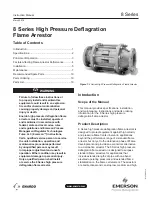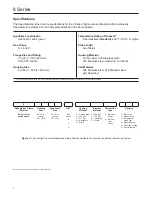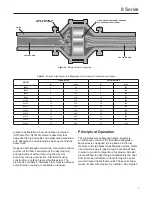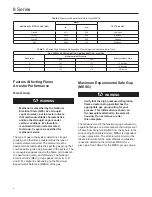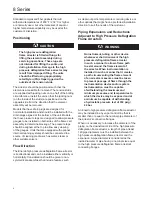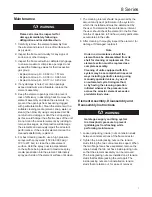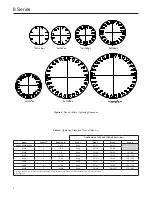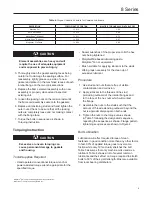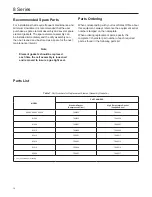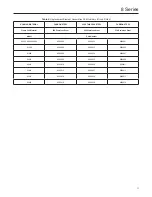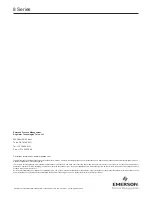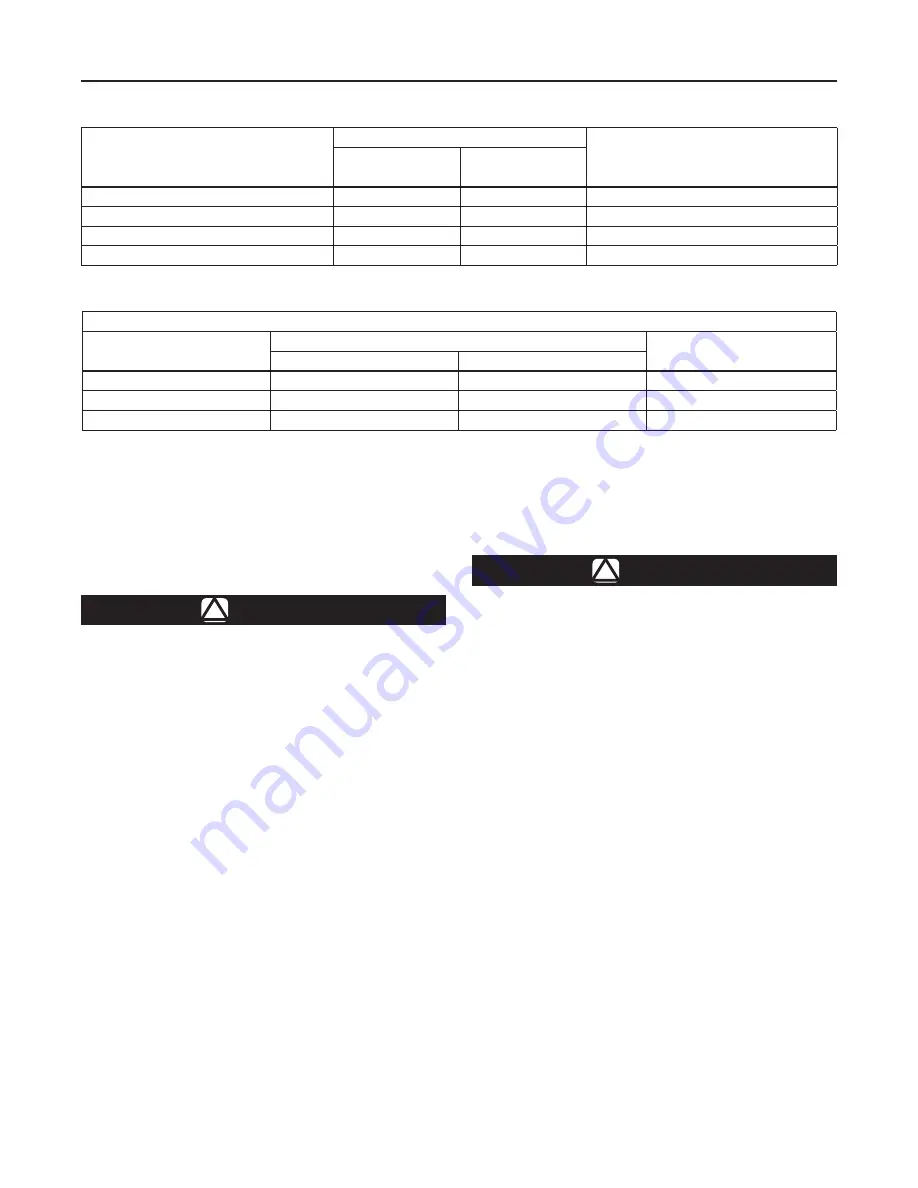
8 Series
4
Factors Affecting Flame
Arrestor Performance
Gas Group
WARNING
!
Methanol is classified by the National
Electrical Code (NEC) as a Group-D
vapor. However, our lab tests indicate
that methanol exhibits characteristics
unlike other Group-D vapors under
certain conditions. We therefore
recommend that an arrestor rated
for Group-C vapors be specified for
methanol service.
The type of gas in the system determines its gas
grouping and therefore predetermines the type of
arrestor element required. The element must be
designed to accommodate the specific gas group that
could possibly ignite and propagate in the system. The
more explosive gases require the flame cell to absorb
the heat more quickly and efficiently. The National
Electrical Code (NEC) groups gases into A, B, C, D
and G.M. categories depending on the Maximum
Experimental Safe Gap (MESG) of the gas.
Maximum Experimental Safe Gap
(MESG)
WARNING
!
Verify that the high pressure deflagration
flame arrestor being installed has the
appropriate gas group rating for your
process. This information is shown on
the nameplate attached to the element
housing. Do not remove or alter
this nameplate.
The measurement of the maximum gap between two
equatorial flanges on a metal sphere that will prevent
a flame from being transmitted from the sphere to the
surrounding flammable mixture. MESG is dependent
on gas composition. The stochiometric mixture (the
ideal air/fuel ratio for the most efficient combustion)
is used to determine the minimum MESG for a
given gas. See Table 2 for the MESG per gas group.
Table 2.
Maximum Experimental Safe Gap (MESG)
NATIONAL ELECTRIC CODE (NEC)
MESG
TEST GAS LIST
In.
mm
Group B
0.011
0.28
Hydrogen
Group C
0.026
0.65
Ethylene
Group D
0.035
0.90
Propane
G.M.
0.044
1.12
Methane
HIGH PRESSURE DEFLAGRATION FLAME ARRESTORS - ALL SIZES
Gas Group
Maximum Initial Pressure
Endurance Burn Time
psia
kPa
D
19.7
136
15 Minutes
C
16.7
115
15 Minutes
B
16.7
115
5 Minutes
Table 3.
8 Series High Pressure Deflagration Flame Arrestor Endurance Burn Time

